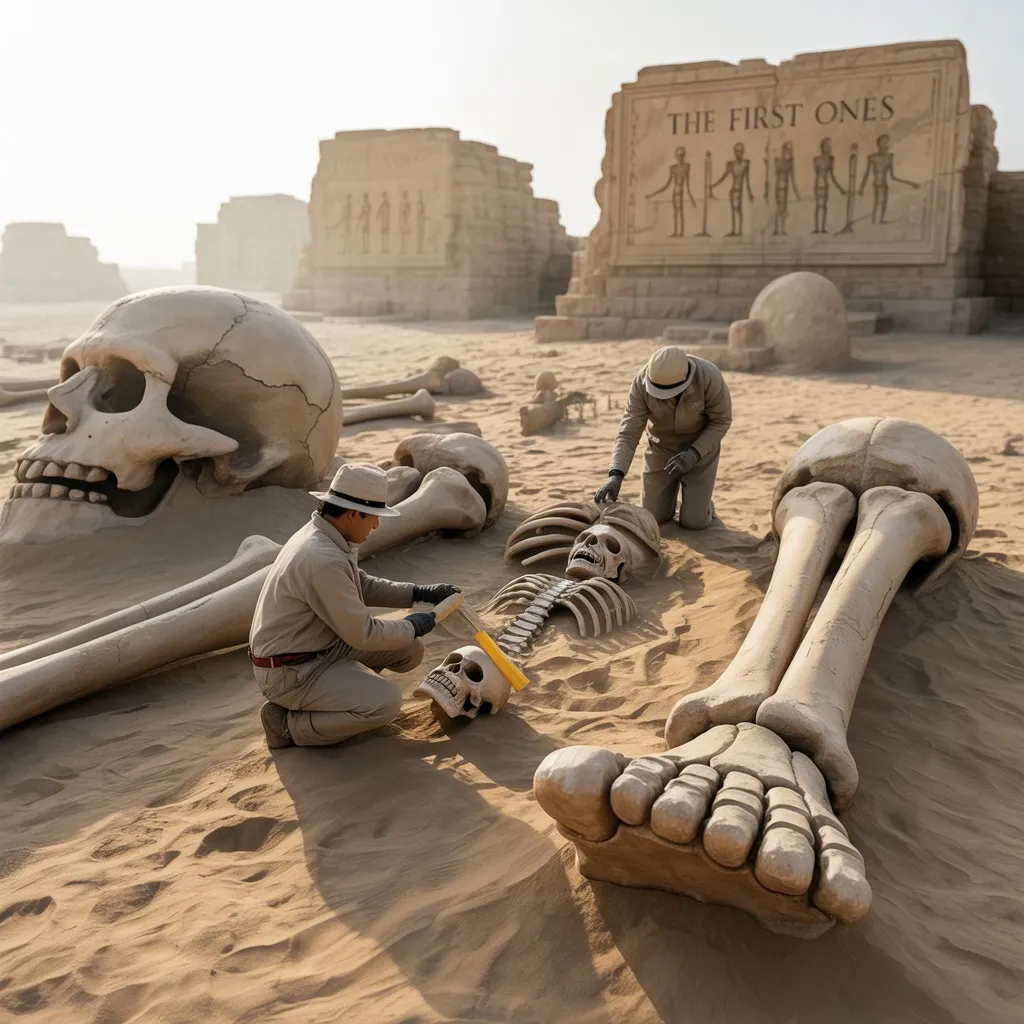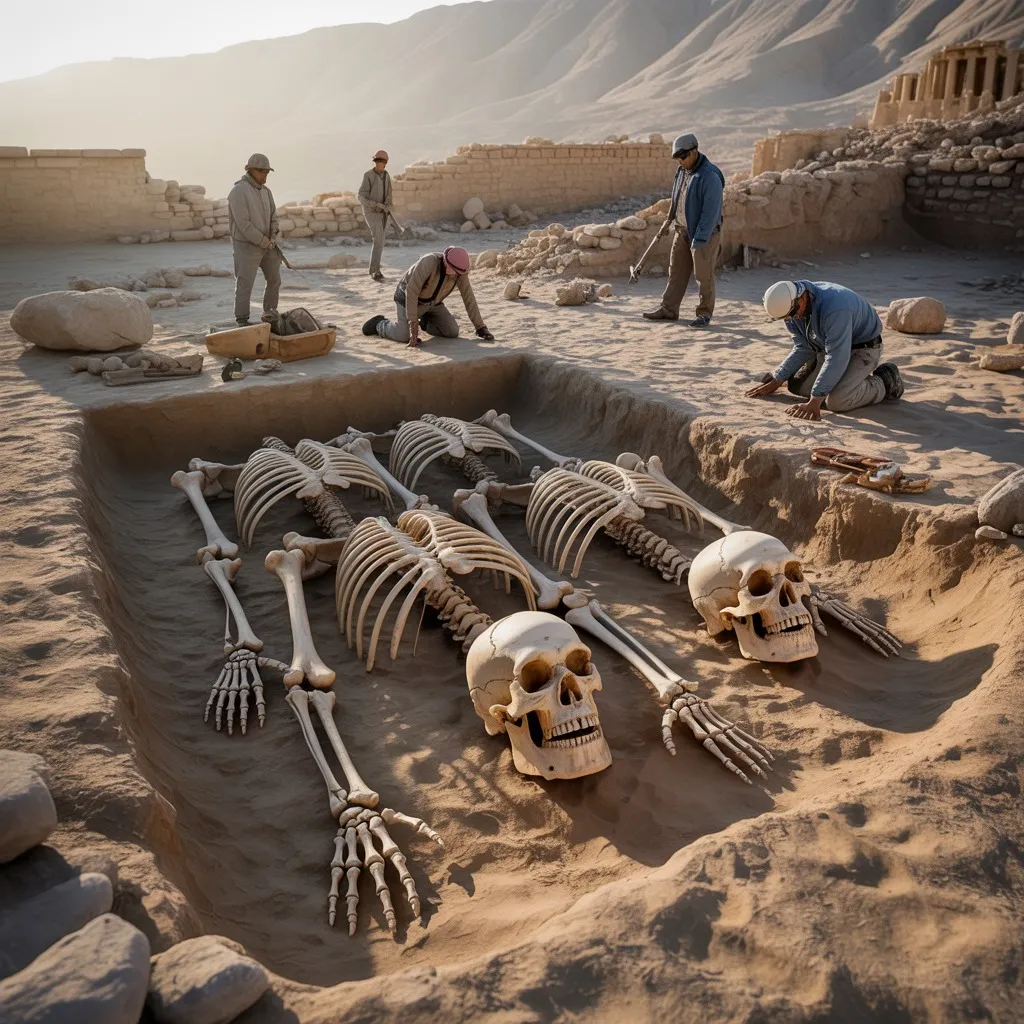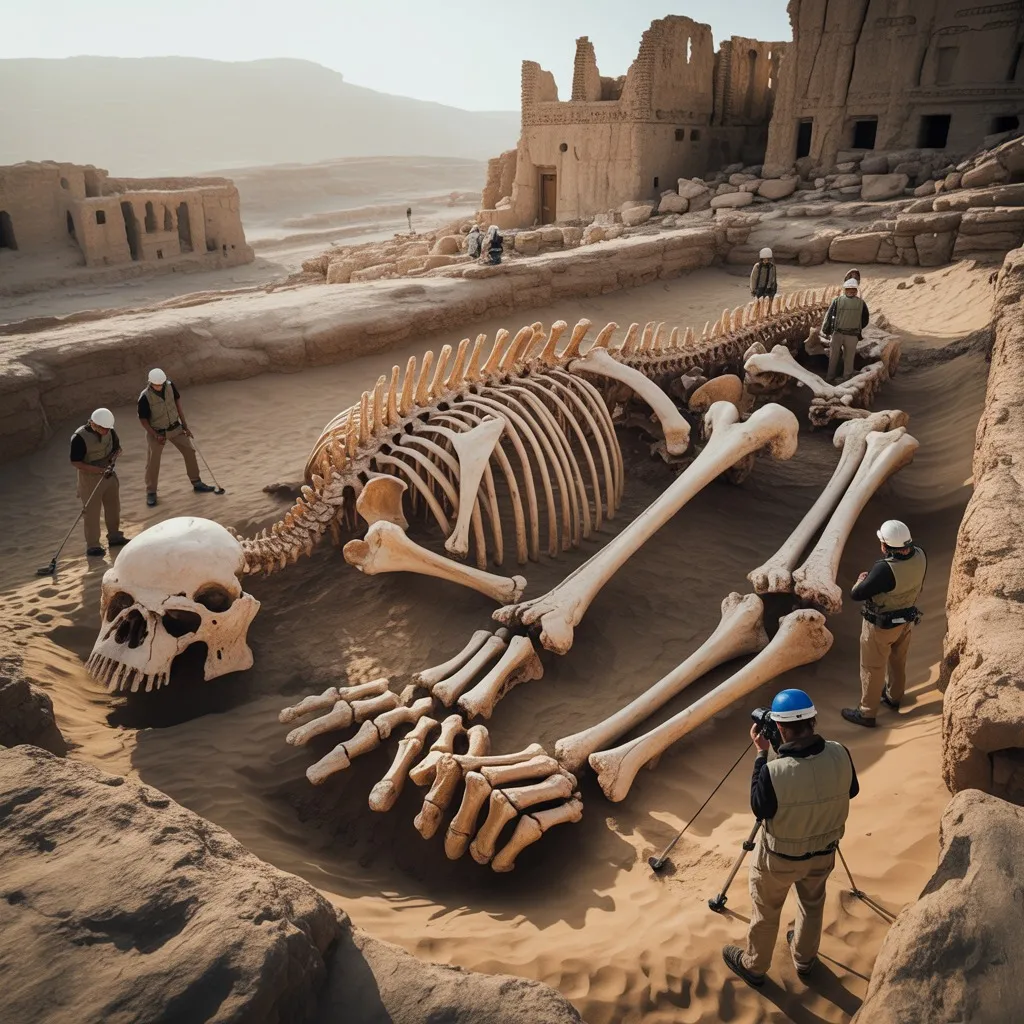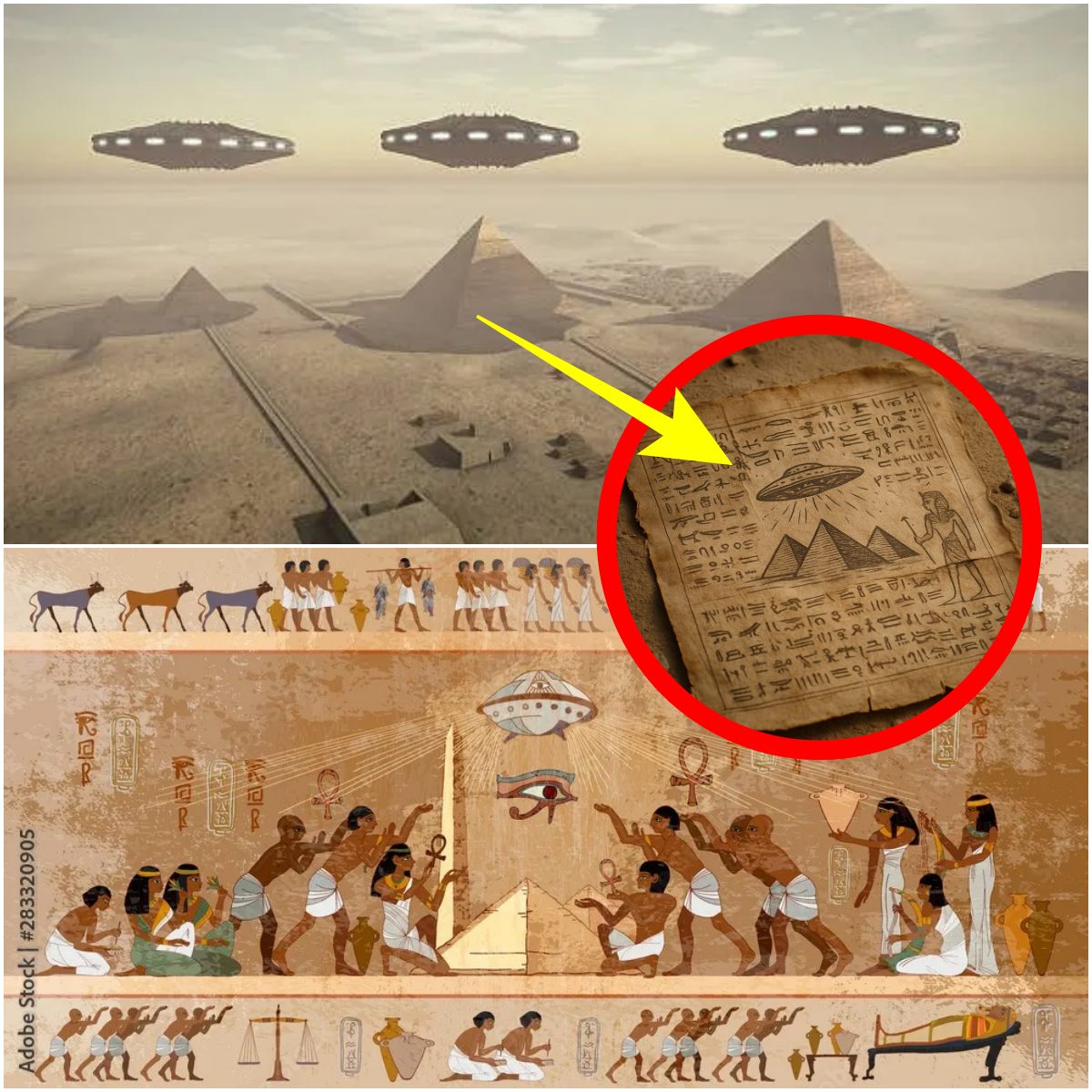Archaeological Questions Raised: Could Giant Tribes from the Bible Have Really Existed in the Ancient Near East?
Middle East – A region long regarded as the cradle of ancient civilizations is once again drawing attention from researchers following a series of archaeological findings involving human skeletal remains of unusually large size. Some scholars have begun to question whether these could be linked to biblical tribes such as the Anakim and Rephaim, who are described in the Old Testament as possessing extraordinary stature.
Archaeological excavations in areas including Hebron, the Golan Heights, and the Jordan Valley—locations referenced in the Bible as homes of the Anakim or Rephaim—have uncovered several human skeletons reportedly taller than average for the Iron Age period (circa 1200–1000 BCE).
However, anthropologists note that skeletal remains measuring 1.9 to 2.1 meters in length, while uncommon, are not without precedent in archaeology. Such cases may be attributed to genetic variation or medical conditions such as gigantism or acromegaly, rather than the presence of an entire “giant race.”
In the Old Testament—particularly in books such as Deuteronomy and Joshua—the Anakim and Rephaim are portrayed as fearsome giants inhabiting the land of Canaan. Their names are associated with locations like Hebron, Bashan, and Ashtaroth, all of which have been the subject of archaeological excavation.
Some biblical scholars suggest that these descriptions may be symbolic or exaggerated, reflecting the perceptions of early Israelite tribes toward their powerful neighbors rather than accurate biological descriptions.
Mainstream archaeology remains cautious about claims involving giants. Dr. Ronny Reich, an archaeologist at the University of Haifa, stated:
“We’ve found remains of individuals taller than average, but that does not indicate a race of giants. It’s important to separate archaeological data from mythological interpretation.”
Likewise, institutions such as the Israel Antiquities Authority (IAA) have never officially confirmed the discovery of any “giant” remains matching biblical depictions.
Beyond academia, the topic continues to fascinate both biblical researchers and the general public. In part, this stems from the rich symbolism of ancient texts, and in part from the lack of definitive historical records during the early biblical era, which leaves room for speculation.
To date, no verified archaeological evidence supports the literal existence of tribes like the Anakim or Rephaim as described in the Bible. However, discoveries of oversized tombs, unusually large skeletal remains, and ruins in relevant geographic locations do add complexity to our understanding of ancient human diversity and cultural beliefs in the Near East.
Ongoing excavations, coupled with rigorous scientific analysis, will continue to test these ideas—balancing open-minded inquiry with academic discipline.










